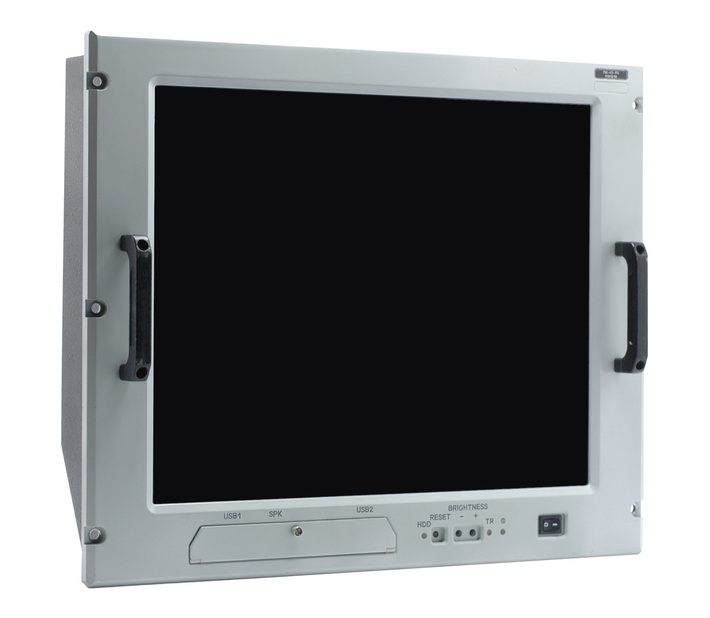kvs wrote:
I was involved with occultation instrument development in Canada. Please don't prance around making it like Russia cannot
design CCDs for space based systems and yapping about "old" stuff. It is physically impossible to rad harden dense IC components.
All that one can hope for is noise post processing. At least with RAM one can build in some bit error control. With a CCD you cannot
remove the noise in hardware.
The radhard controllers / computers in the links shown a no bigger than 16megs memory CCD controller.
It is not fit to drive anything bigger than say 2 megapixel circuit ,and that is definitively not enough for the job.
The manufacturing of the radhard component COMPLETELY different from the normal semiconductors.
The normal stuff manufactured /grown on silicon wafer, that is conductive.Means if a gamma photon dislocating a charge then it will propagate to the nearest active element,and make a false signal there. The silicon is the starting of the production.
In the case of radhard elements the process starting with an insulator, like sapphire ( the RF is the main supplier of the single crystal sapphire wafers)
Actually the sapphire is the starting point for the GaN circuits as well, as it seems from the articles on the net.
Anyway, example a CCD for non-radhard environment start from silicon, for radhard environment from sapphire.
http://ieeexplore.ieee.org/document/1477639?reload=true
This conference happened in 1973, about sapphire based CCD .
Just as a coincidence , the first US satellite with CCD launched in 1976.
http://www.epj-conferences.org/articles/epjconf/pdf/2017/01/epjconf_spectro2017_01002.pdf
This paper above has been published this year, means it is quite recent.
Showing how to grown check the MgO thickness/cover on sapphire substrate.
MgO is insulator as well , maybe they did it to deposit GaN ? Seems like the sapphire not matching the exact latice spacing of GaN.
A Russian company here :
http://technospark.ru/en/proekty/
Advanced laser microsystems
Founded: 2014
Product/service: Laser lift-off removal of the sapphire wafer
Seems like it is related to the radhard parts manufacturing.
http://indico.cfr.mephi.ru/event/4/session/29/contribution/19/material/slides/0.pdf
Above presentation contain the high speed radhard boards usable for modern satellites.
There is one circuit schematic, showing one central core with 26 bit address bus, capable to adders 256 MB of memory - enough for a spy satellite.
Everywhere mention SRAMs , that can be used only in space, due to the problems with capacitors.
Example the SRAM requirement means that the radhard electronic doesn't share even the memory technology with the non-radhard components.
https://en.wikipedia.org/wiki/KOMDIV-32
I checked , the IRIDIUM satellites using 7 pcs of 200 MHz powerPC CPUs, and each of them has sum 2.5 Mbit/sec bandwidth, on 1100 channel.
The RF has to make high frequency radhard RF modules as well.
Again, it has to start with sapphire - GaN.



 kvs
kvs
